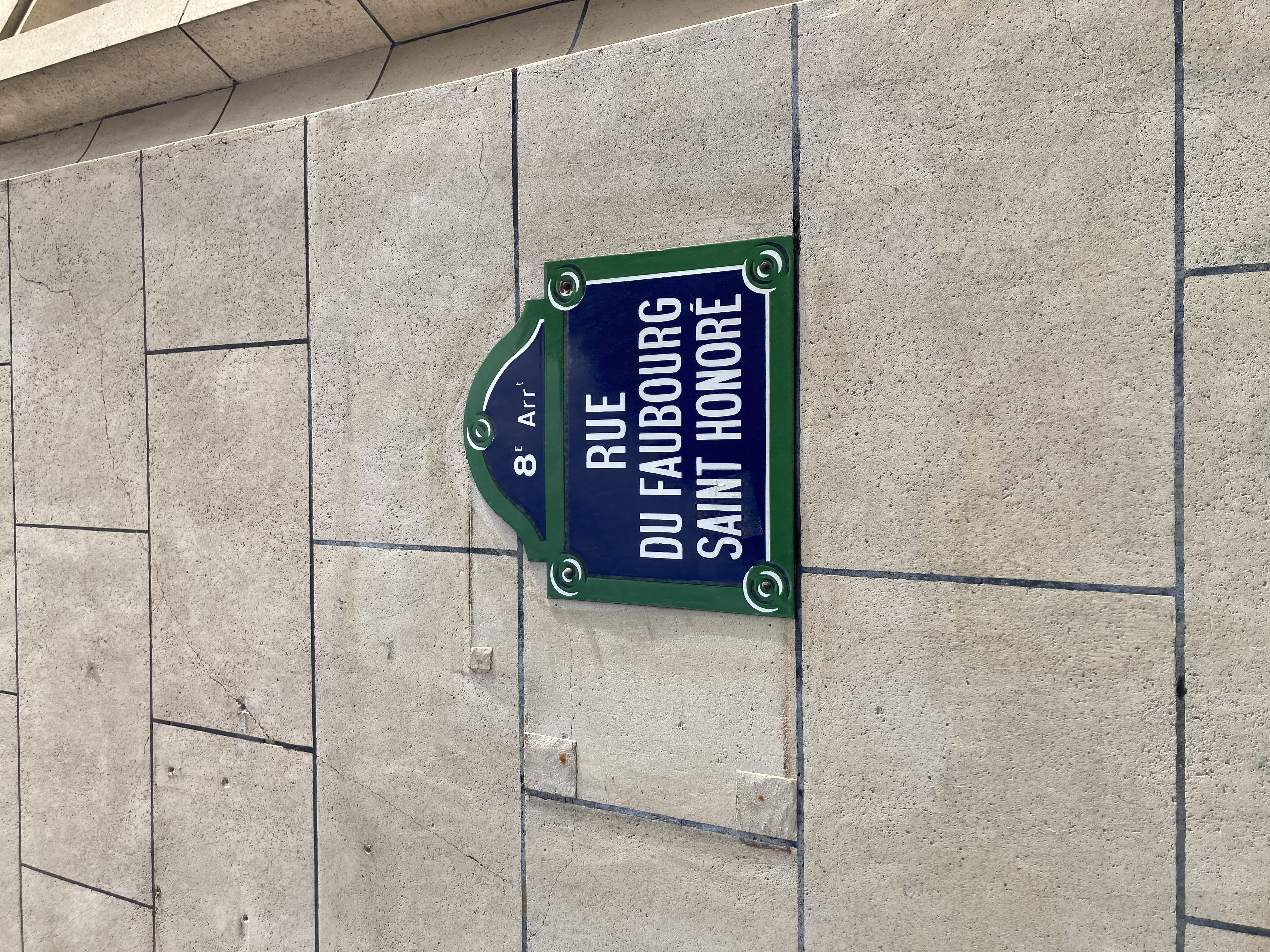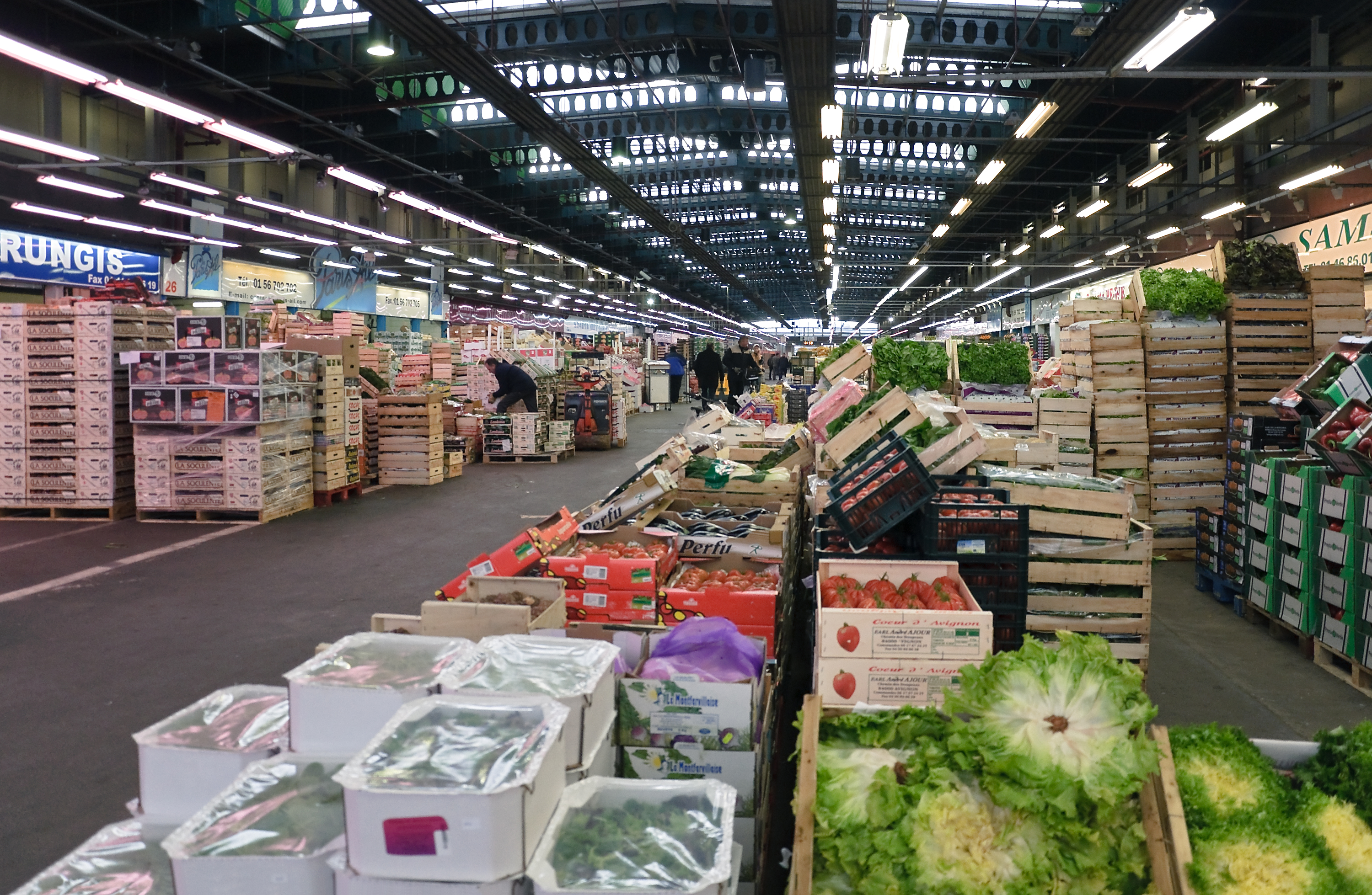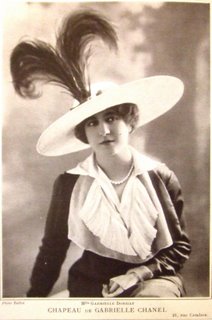|
Rue Du Faubourg Saint-Honoré
The Rue du Faubourg Saint-Honoré () is a street located in the 8th arrondissement of Paris, France. Relatively narrow and nondescript, especially in comparison to the nearby Champs-Élysées, Avenue des Champs-Élysées, it is cited as being one of the most luxurious and fashionable streets in the world thanks to the presence of major global fashion houses, the Élysée Palace (official residence of the President of France), the Hôtel de Pontalba (residence of the List of ambassadors of the United States to France, United States Ambassador to France), the Embassy of Canada, Paris, Embassy of Canada, the Embassy of the United Kingdom, Paris, Embassy of the United Kingdom, as well as numerous art galleries. The Rue Saint-Honoré, of which the Rue du Faubourg Saint-Honoré is now an extension, began as a road extending west from the northern edge of the Louvre Palace. ''Saint Honoré'', Honorius of Amiens, is the French patron saint of bakers. History Until the 18th century, a fe ... [...More Info...] [...Related Items...] OR: [Wikipedia] [Google] [Baidu] |
8th Arrondissement Of Paris
The 8th arrondissement of Paris (''VIIIe arrondissement'') is one of the 20 Arrondissements of Paris, arrondissements of the capital city of France. In spoken French, the arrondissement is colloquially referred to as ''le huitième'' (). The arrondissement, called Élysée, is situated on the Rive Droite, right bank of the Seine, River Seine and centered on the Champs-Élysées, Avenue des Champs-Élysées. The 8th arrondissement is, together with the 1st arrondissement of Paris, 1st, 9th arrondissement of Paris, 9th, 16th arrondissement of Paris, 16th and 17th arrondissement of Paris, 17th arrondissements, one of Paris' main business districts. According to the 1999 census, it was the place of employment of more people than any other single arrondissement of the capital. It is also the location of many places of interest, among them the Champs-Élysées, the Arc de Triomphe (partial) and the Place de la Concorde, as well as the Élysée Palace, the official residence and office ... [...More Info...] [...Related Items...] OR: [Wikipedia] [Google] [Baidu] |
Rungis
Rungis () is a commune in the southern suburbs of Paris, France, in the department of Val-de-Marne, Île-de-France. It is best known as the location of the large wholesale food market serving the Paris metropolitan area and beyond, the '' Marché d'Intérêt National de Rungis'', said to be the largest food market in the world. The name Rungis was recorded for the first time in a royal charter of 1124 as ''Rungi Villa''. Economy Rungis is the home base for the headquarters of the Système U supermarket cooperative, Corsair International (previously Corsairfly) and HOP! airlines, and MGA Entertainment's France division. Prior to its disestablishment, Air Liberté was headquartered in Rungis.''World Airline Directory''. Flight International. 26 March-1 April 1997.44 Airlinair previously had its head office in Rungis. In 2013 Airlinair merged into HOP! Transport Rungis is located . (7.2 miles) from the center of Paris and from Orly Airport, at the junction of the A6 and ... [...More Info...] [...Related Items...] OR: [Wikipedia] [Google] [Baidu] |
Hermès
Hermès International S.A. ( , ) is a French Luxury goods, luxury fashion house established in 1837. It specializes in leather goods, silk goods, lifestyle accessories, home furnishings, perfumery, jewelry, watches and ready-to-wear. Since the 1950s, its logo has been a depiction of a Duke, ducal horse-drawn carriage. History Beginnings in the 19th century Thierry Hermès was born in Krefeld, Germany, to a French father and a German mother. The family moved to France in 1828. In 1837, Hermès first established a Harness saddle, harness workshop in the Boulevards of Paris, Grands Boulevards Quarters of Paris, quarter of Paris, dedicated to serving European noblemen. He created high-quality wrought harnesses and bridles for the carriage trade, winning several awards including the first prize in its class in Exposition Universelle (1855), 1855, and again in Exposition Universelle (1867), 1867, at the World's fair, Expositions Universelles in Paris. Hermès's son, Charles-Émi ... [...More Info...] [...Related Items...] OR: [Wikipedia] [Google] [Baidu] |
Jeanne Lanvin
Jeanne-Marie Lanvin (; 1 January 1867 – 6 July 1946) was a French haute couture fashion designer. She founded the Lanvin fashion house and the beauty and perfume company Lanvin Parfums. Early life Jeanne Lanvin was born in Paris on 1 January 1867, the eldest of 11 children of Constantin Lanvin and Sophie Deshayes. She became an apprentice milliner (hat maker) at Madame Félix in Paris at the age of 16. She trained with Suzanne Talbot and Caroline Montagne Roux before becoming a milliner on the rue du Faubourg Saint-Honoré in 1889. Career In 1909, Lanvin joined the '' Syndicat de la Couture'' ( fr), which marked her formal status as a couturière. The clothing Lanvin made for her daughter began to attract the attention of a number of wealthy people who requested copies for their own children. Soon, Lanvin was making dresses for their mothers, and some of the most famous names in Europe were included in the clientele of her new boutique on the rue du Faubourg Saint-Hon ... [...More Info...] [...Related Items...] OR: [Wikipedia] [Google] [Baidu] |
Lanvin (clothing)
Lanvin () is a French luxury fashion house founded in 1889 by Jeanne Lanvin in Paris. It is the oldest French fashion house still in operation. Since 2018, it has been a subsidiary of Shanghai-based Lanvin Group. Lanvin Group includes Lanvin, Sergio Rossi, Wolford, St. John Knits, and Caruso. History Under Jeanne Lanvin (1889–1946) The House of Lanvin was created in 1889 with a millinery shop at 16 Rue Boissy-d’Anglas. In 1893 she acquired 22 Rue du Faubourg Saint Honoré. Created by Jeanne Lanvin, Lanvin was born in 1867 and had started a small millinery on Rue du Marche Saint Honore in 1885. In 1897 Lanvin gave birth to her daughter and only child, Marguerite. Marguerite became Lanvin's muse and she started making clothing for Marguerite. This eventually lead to the establishment of a children's clothing line in 1908. In 1909 Lanvin joined the '' Chambre Syndicale de la Couture'', formally making her a couturier. Along with this she expanded to women's clothin ... [...More Info...] [...Related Items...] OR: [Wikipedia] [Google] [Baidu] |
Chanel
Chanel ( , ) is a French luxury fashion house founded in 1910 by Coco Chanel in Paris. It is privately owned by French brothers, Alain and Gérard Wertheimer, through the holding company Chanel Limited, established in 2018 and headquartered in London. Chanel specializes in women's ready-to-wear, luxury goods, and accessories and licenses its name and branding to Luxottica for eyewear. Chanel is well known for its No. 5 perfume and "Chanel Suit". Chanel is credited for revolutionizing ''haute couture'' and ready-to-wear by replacing structured, corseted silhouettes with more functional garments that women still found flattering. History Coco Chanel era ;Establishment and recognition (1909–1920s) The House of Chanel originated in 1909, when Gabrielle Chanel opened a millinery shop at 160 Boulevard Malesherbes, the ground floor of the Parisian flat of the socialite and textile businessman Étienne Balsan, of whom she was the mistress. Because the Balsan flat also w ... [...More Info...] [...Related Items...] OR: [Wikipedia] [Google] [Baidu] |
Jean-François Houbigant
Jean-François Houbigant (21 December 1752 – 22 October 1807) was a French perfumer who founded the second oldest Houbigant Parfum, perfumery in France. He established a modest shop in 1775 at 57 rue du Faubourg-Saint-Honoré (which would become No. 19 when the street was renumbered in 1806). He chose a basket of flowers to identify the front of his shop and that emblem will remain the symbol of Houbigant through the years. History Jean-François Houbigant was born in Paris, France, on 21 December 1752 to Nicolas Houbigant and Geneviève Rolinart, both servants. His mother worked for the Duchess of Charost, who owned a mansion at what is now 39 Rue du Faubourg Saint Honoré. It is said that the Duchess was very kind and that she decided to take Jean-François under her wing by giving him an education and a modest nest egg to start in life. At the time, the fashion for perfume, powders, and blushes was in full swing primarily because of the awful stench in the streets of Paris ... [...More Info...] [...Related Items...] OR: [Wikipedia] [Google] [Baidu] |
Dominique Sirop
Dominique Sirop (born January 1956) is a French fashion designer and '' grand couturier''. Early life Sirop's mother was a couturier's mannequin in Paris for the House of Paquin, and from seeing his mother at work Sirop got the ambition to make a career in the world of haute couture. He has said that by the age of seven, he knew that he wanted to be "either a fashion designer, a magician, or the Sun King". Career At the age of seventeen, Sirop was apprenticed to Yves Saint Laurent, beginning work in his atelier, where he learned about dress materials and sewing. In 1978, he showed some sketches to Hubert de Givenchy, who hired him as an assistant designer. He stayed with Givenchy's studio until 1989, and while there his clients included Audrey Hepburn. Then from 1989 to 1996 he was a designer for Hanae Mori. He also turned to research and writing, going on to publish two books, ''A Historical Overview of the House of Paquin'' (1989) and ''Jacqueline Delubac'' (1994). He becam ... [...More Info...] [...Related Items...] OR: [Wikipedia] [Google] [Baidu] |
Fabergé & Cie
Fabergé & Cie was a jewelry firm founded in 1924 in Paris by two of the sons of Peter Carl Fabergé, Alexander Fabergé (1877–1952) and Eugène Fabergé (1874–1960), together with Peter Carl Fabergé's business partner and jewellery designer Andrea Marchetti from the Fabergé store in London, which had closed in 1918. History After their father's famous jewelry company in Russia was nationalized by the Bolsheviks in 1918, the brothers moved to Paris and continued to make and sell Fabergé-branded jewelry. They also specialized in the appraisal and repair of historic Fabergé items. Their stamp in the jewels was "FABERGÉ, PARIS". The store was located in the most high end shopping area on 281 Rue du Faubourg Saint-Honoré. From the 1920s to the 1980s, the German jeweler Victor Mayer produced Fabergé eggs and jewelry for Fabergé Paris. The stamp was 'Fabergé Paris, Victor Mayer, ''year of production. Alexander Julius Fabergé married his first wife Nina Fabergé (born ... [...More Info...] [...Related Items...] OR: [Wikipedia] [Google] [Baidu] |
Palais De L'Elysée - Grille D'honneur
{{disambig, surname ...
Palais () may refer to: * Dance hall, popularly a ''palais de danse'', in the 1950s and 1960s in the UK * ''Palais'', French for palace **Grand Palais, the Grand Palais des Champs-Elysées **Petit Palais, an art museum in Paris * Palais River in the French ''département'' of Deux-Sèvres * Palais Theatre, historic cinema ("picture palace") in Melbourne, Australia *Richard Palais (born 1931), American mathematician *Le Palais, a commune in Morbihan departement, France See also *Palais Royal (other) * Palai (other) * Palace (other) * Palas (other) A palas is that part of a medieval imperial palace or castle which contains the great hall and other prestigious state rooms. Palas may also refer to: Places * Palas, Iran, a village in Iran * Palas, a former commune, nowadays a neighbourhood in ... [...More Info...] [...Related Items...] OR: [Wikipedia] [Google] [Baidu] |
Normandy
Normandy (; or ) is a geographical and cultural region in northwestern Europe, roughly coextensive with the historical Duchy of Normandy. Normandy comprises Normandy (administrative region), mainland Normandy (a part of France) and insular Normandy (mostly the British Channel Islands). It covers . Its population in 2017 was 3,499,280. The inhabitants of Normandy are known as Normans; the region is the historic homeland of the Norman language. Large settlements include Rouen, Caen, Le Havre and Cherbourg-en-Cotentin, Cherbourg. The cultural region of Normandy is roughly similar to the historical Duchy of Normandy, which includes small areas now part of the departments of Mayenne and Sarthe. The Channel Islands (French: ''Îles Anglo-Normandes'') are also historically part of Normandy; they cover and comprise two bailiwicks: Bailiwick of Guernsey, Guernsey and Jersey, which are British Crown Dependencies. Normandy's name comes from the settlement of the territory by Vikings ( ... [...More Info...] [...Related Items...] OR: [Wikipedia] [Google] [Baidu] |








